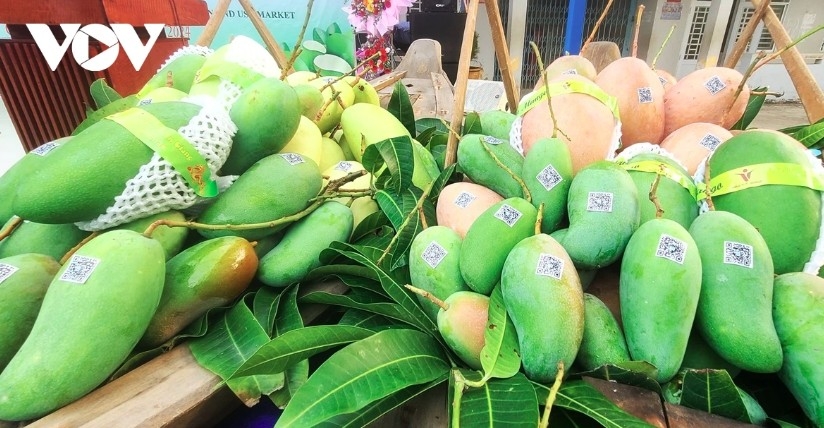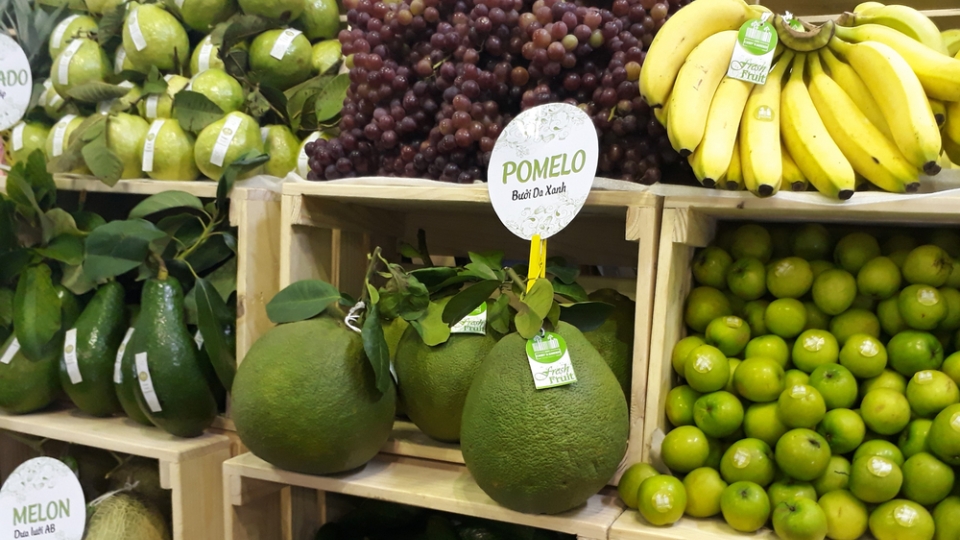Fruit and vegetable exports plunge amid China’s stricter requirements
VOV.VN - With the Chinese market moving to tighten import regulations, Vietnamese fruit and vegetable exports in the first four months of the year endured a sharp decline, especially durian, a product that achieved record-breaking figures last year.

Industry insiders attributed this downturn to reduced demand from China coupled with technical, logistical, and input cost challenges, thereby putting pressure on the fruit and vegetable industry's US$8 billion export target this year.
Grappling with headwinds
Statistics show Vietnam earned only US$1.62 billion from fruit and vegetable exports in the first four months of the year, down 14% compared to the same period last year. In April alone, export earnings plummeted by 13% to over US$520 million. These figures indicate that the industry is facing significant pressure, not only from market factors, but also from internal issues related to production and logistics.
The most severe decline can be seen in durian, a fruit once considered the leading hard currency earner, with export turnover hitting US$3.3 billion last year. But durian exports in the first four months of this year raked in only US$130 million, less than a third of the value from the same period last year.
The Vietnam Fruit and Vegetables Association (Vinafruit) attributed this decline to China’s tightened regulations on traceability, packaging, and quarantine standards. Beyond durian, total fruit and vegetable exports to China, which is the key market accounting for nearly 46% of market share, also decreased by nearly 33%.
Furthermore, rising input costs, fragmented production, a lack of supply chain linkages, and weak post-harvest processing and preservation capabilities are also issues hindering the competitiveness of Vietnamese fruit and vegetables in the international market.
Bright spots emerge amid challenges
Despite the overall gloomy picture, the fruit and vegetable market has seen some notable bright spots. Mango exports surged by 27% to over US$100 million, while coconut exports also grew by 18% to US$66 million.
Many other fruits such as banana, jackfruit, dragon fruit, lychee, and longan show great potential thanks to the diversification of export forms like fresh, frozen, and dried processed.
Most notably, Vietnam has become the 11th largest supplier of processed fruits to the United States, a step forward that demonstrates the potential of high value-added products.
Export growth to the US has reached nearly 58%, a promising figure as this market increasingly prioritises safe, branded, and clearly traceable products.
Another positive signal comes from the upcoming lychee season. Bac Giang province, dubbed the lychee capital of Vietnam, estimates that this year's output will reach over 165,000 tonnes.
In particular, Japan has approved Vietnam's self-monitoring of quarantine instead of sending experts as it had in previous years.
Meanwhile, the US also continues to grant additional growing area codes, which has significantly facilitated exports via official channels in the time ahead.




